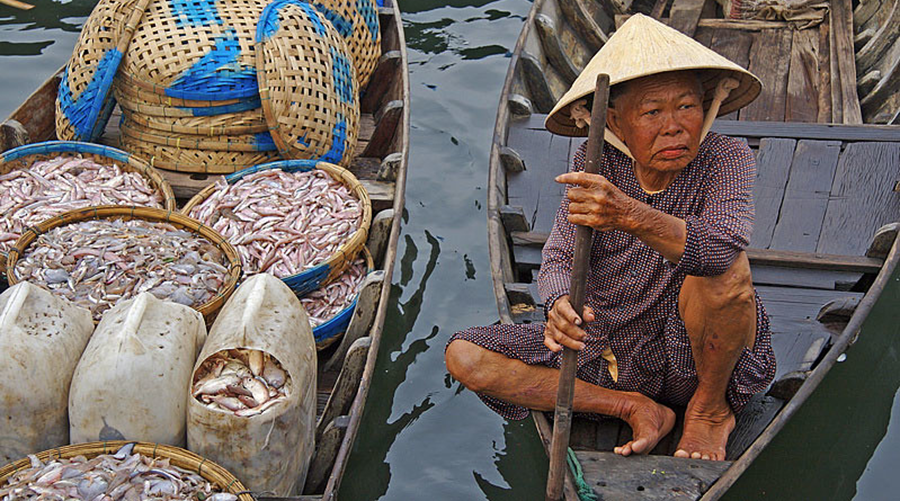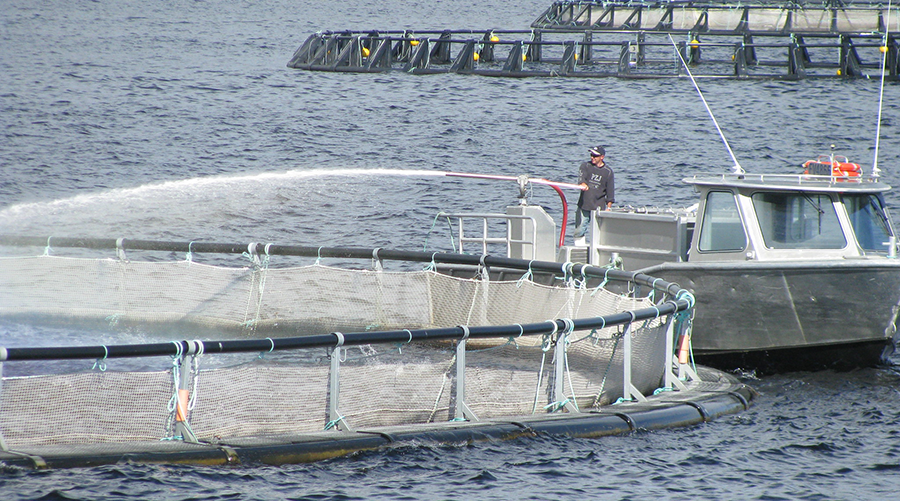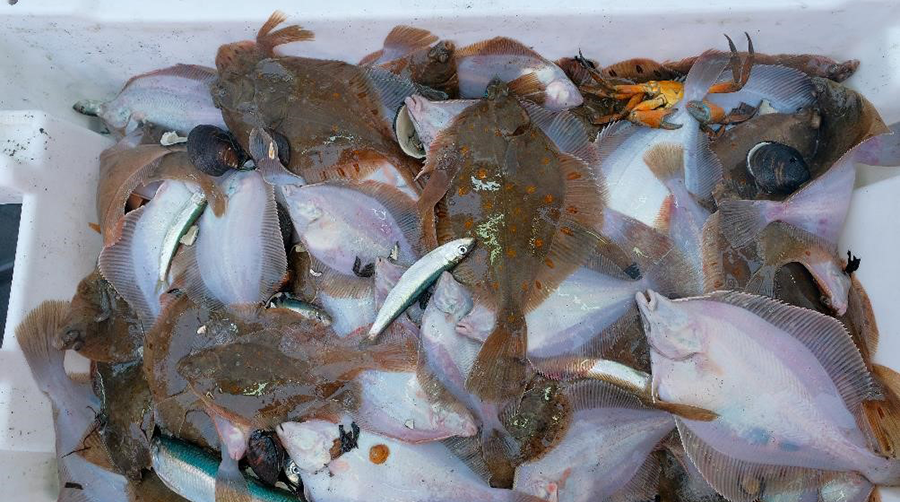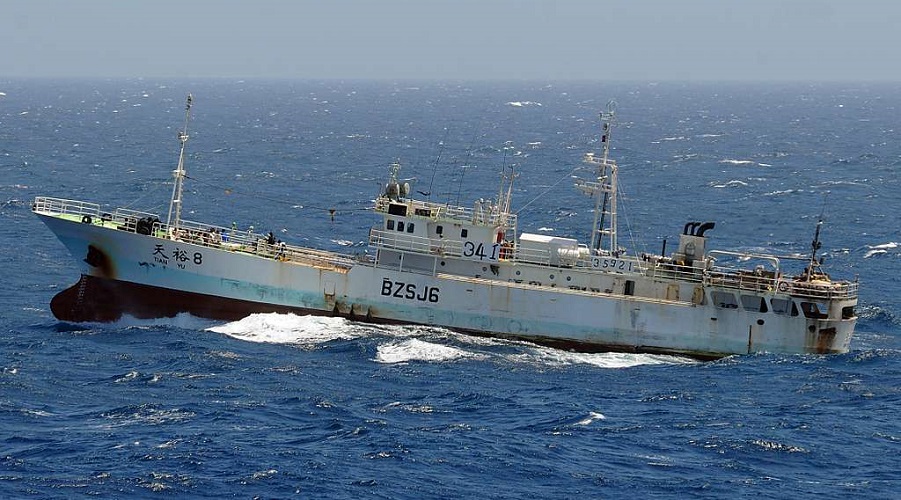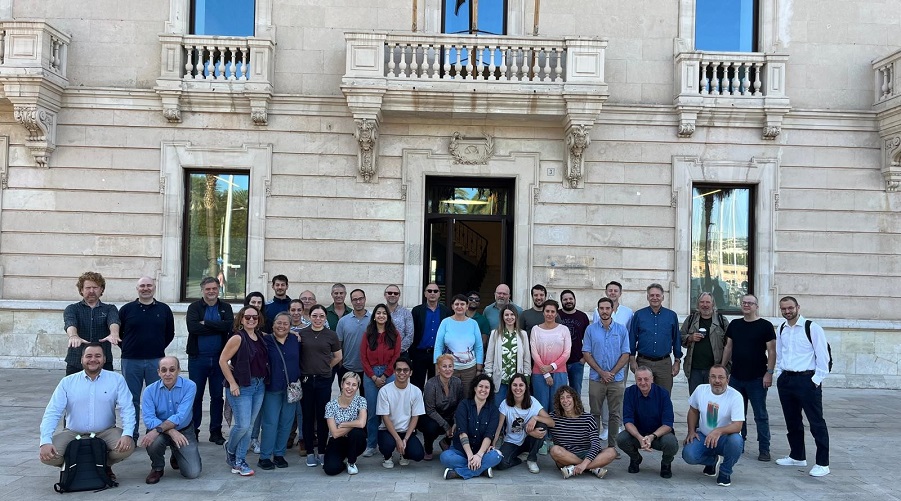
Participants of the EcoScope general meeting at the Balearic Oceanographic Centre of the Spanish Institute of Oceanography in Palma de Mallorca. Photo by EcoScope.
The Sea Around Us project manager, Dr. Maria ‘Deng’ Palomares, and Advisory Board vice-chair, Athanasios Tsikliras, participated in the 2024 general assembly of the project Ecocentric Management for Sustainable Fisheries and Healthy Marine Ecosystems (EcoScope).


